The Category 5 cyclones that devastated Australia
TROPICAL cyclone Ita is on its way and if history is any indication, the Category 5 cyclone could have a devastating effect in far north Queensland.
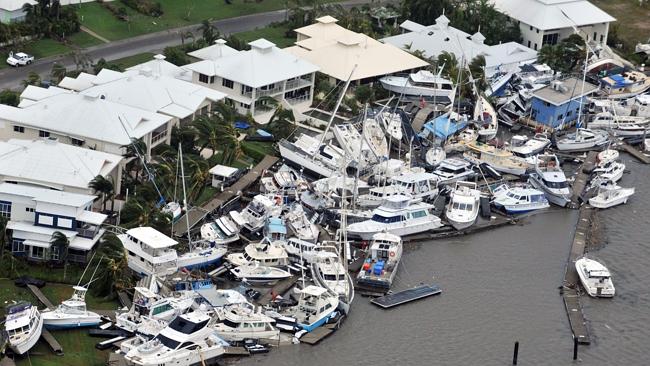
COMMUNITIES in far north Queensland are preparing for the worst with Tropical Cyclone Ita expected to hit this afternoon.
It is a Category 5 storm. These storms have had a devastating history in Australia, dating back to 1899, which is still considered the worst natural disaster in the country’s history.
These are the other Category 5 storms that have hit Australia, and the damage they caused.
CYCLONE YASI (February 2011)
Remember the banana shortage? This massive cyclone that hit the Queensland coast south of Cairns, is known for being the most costly cyclone in Australia. It caused an estimated $3.6 billion in damage. Much of this was attributed to the loss of banana and sugar cane crops as well as impacts on mining, local government and tourism.
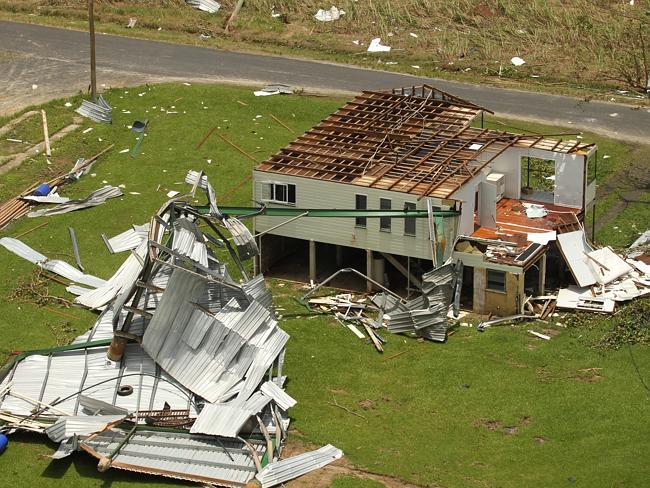
The cyclone swept million-dollar yachts on to the Hinchinbrook Marina, tore roofs off houses, caused flooding and destroyed a local high school. It was so powerful that it measured 1450km in diameter and didn’t completely disperse until it reached the centre of Australia, near Alice Springs. The cyclone hit Mission Beach and World Heritage-listed Hinchinbrook Island, at about 25km/h, with wind gusts estimated to be 285km/h.
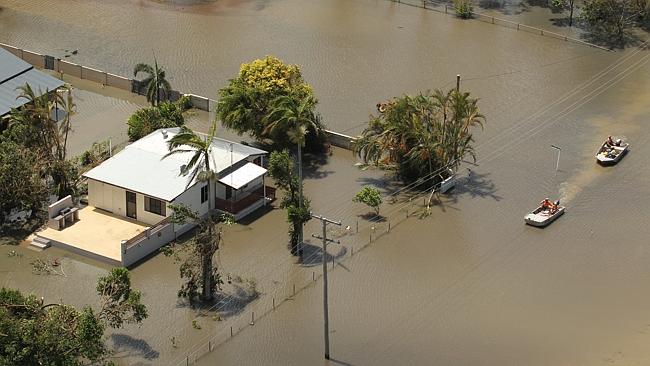

CYCLONE GEORGE (March 2007)
Port Hedland in Western Australia is no stranger to tropical cyclones and this one killed three people at a mining camp south of the town. Wind gusts of up to 154km/h were recorded at the airport, increasing to about 275km/h at Bedout Island.
Residents reported seeing stuff flying through the air, power lines coming down and steel basketball poles bent over. There was no electricity for three days.
Rain caused road closures, affected several mine sites and 20 people were injured. Damage was estimated at $6.2 million.
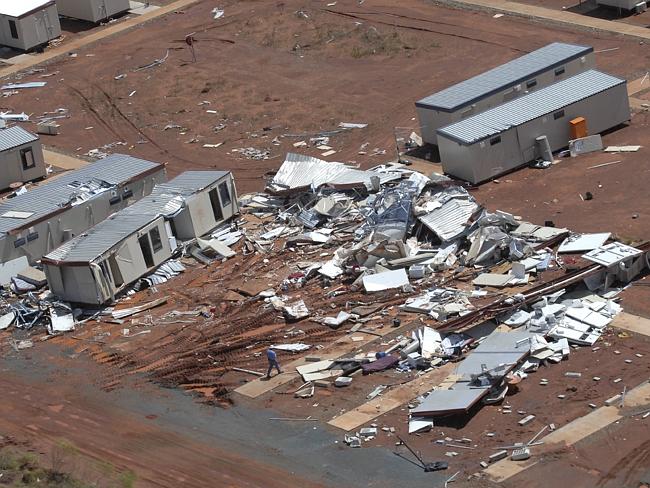
CYCLONE INGRID (March 2005)
This cyclone was unusual because it impacted three states and territories. It initially hit far north Queensland as a Category 4 cyclone near the Lockhart River, before intensifying to a Category 5 as it passed along the Northern Territory coastline.
By the time cyclone crossed Western Australia’s Kimberley coast it had weakened to a Category 4. It didn’t cause any serious injuries or deaths in Australia but huge waves caused a boat to capsize in Papua New Guinea, killing five people.
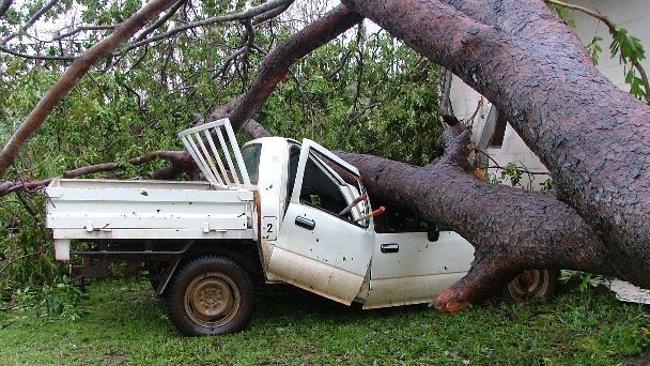
CYCLONE JOAN (December 1975)
When this cyclone hit Port Hedland, WA, it damaged 85 per cent of the town’s homes. At the time the port city reportedly had 13,000 residents. Wind gusts reached up to 208km/h and tore the roofs off more than 1000 homes.
The cyclone almost destroyed the hospital, leaving only one wing standing. Reports said that residents experienced 16 hours of rain and flooding that damaged roads and sections of the iron ore railways. A lot of sheep were lost but no one was killed or seriously injured.
The estimated damage was believed to be more than $25 million.
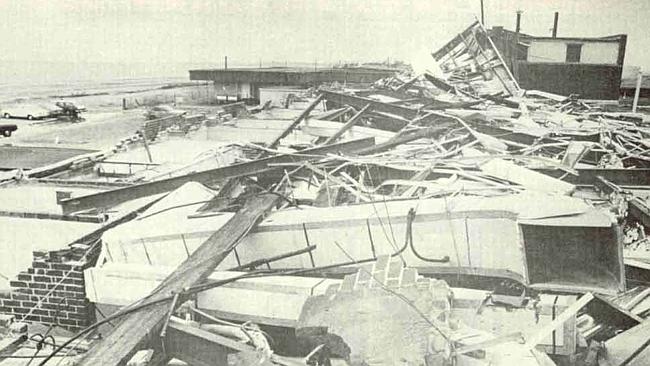
CYCLONE INNISFAIL (March 1918)
Just 12 houses were left standing intact when this cyclone hit the Queensland town of Innisfail. The rest of the homes were either blown flat or had their roofs torn off. The town had a population of 3500 at the time and 37 died.
Another 40-60 people died in surrounding areas. The flooding in Mission Bay was up to 3.6m high and a tidal wave was seen surging into a local bay, pushing a bridge 400m inland.
The cyclone is widely regarded as the worst cyclone to hit a populated area of Queensland.
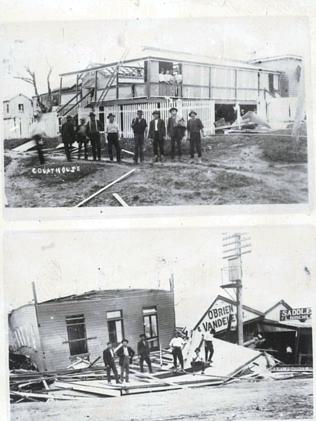
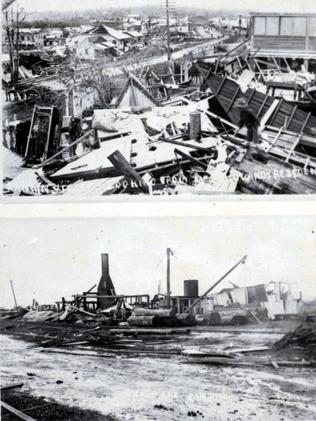
CYCLONE MAHINA (March 1899)
More than 400 people died when this cyclone hit Bathurst Bay and it is still considered to be the worst natural disaster in Australia’s history.
The storm destroyed more than 50 ships that were part of the pearling fleet, killing 100 people. Another 100 killed were local Aborigines, some of them were swept into the sea trying to help shipwrecked men.
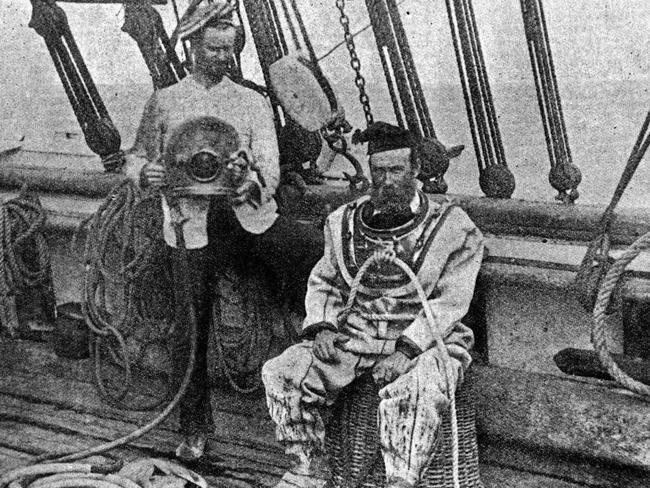
Category 5 Cyclone Ita’s onslaught: Follow our live coverage of the storm




